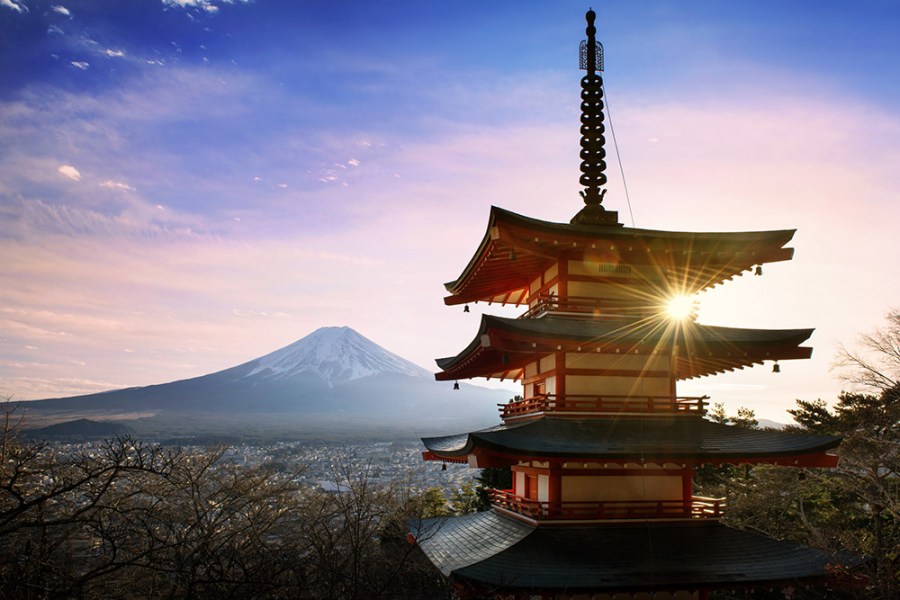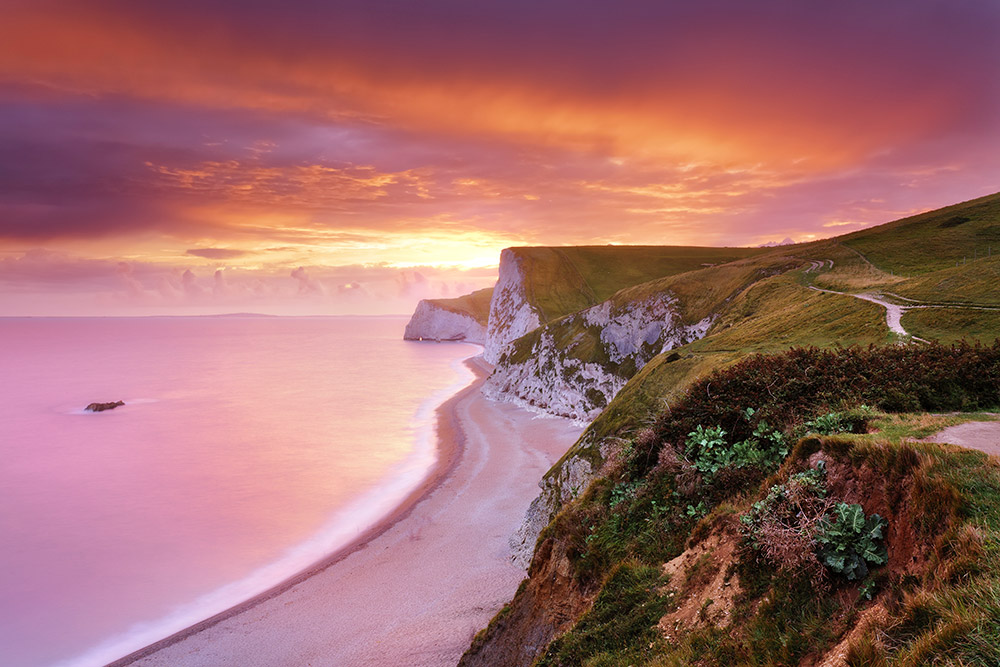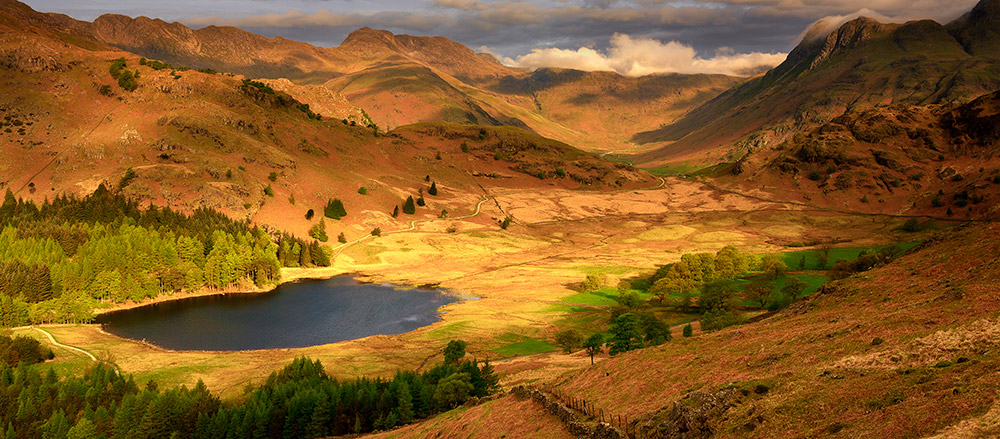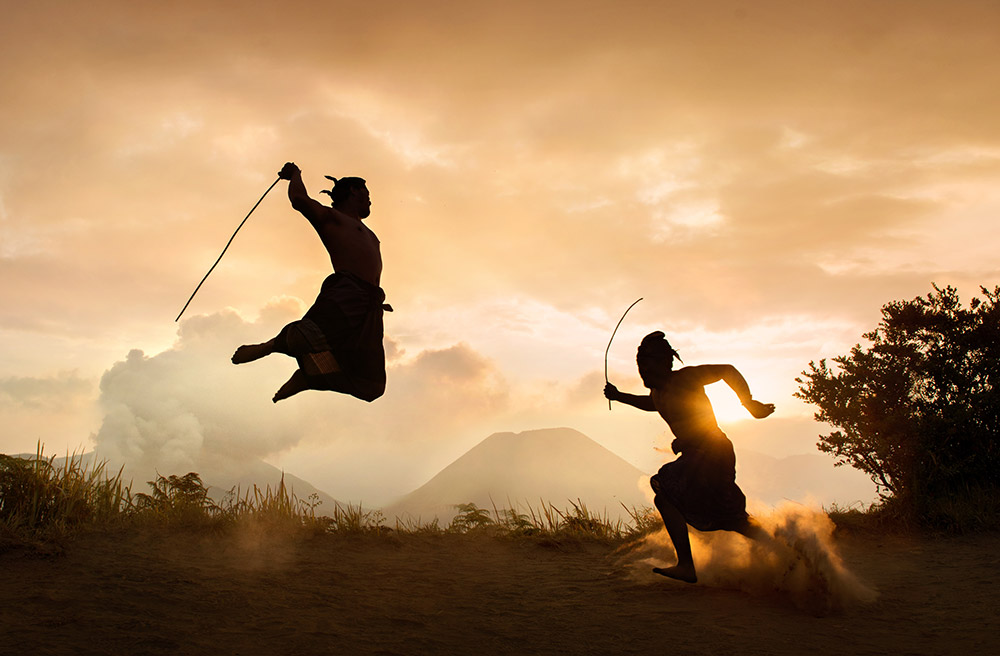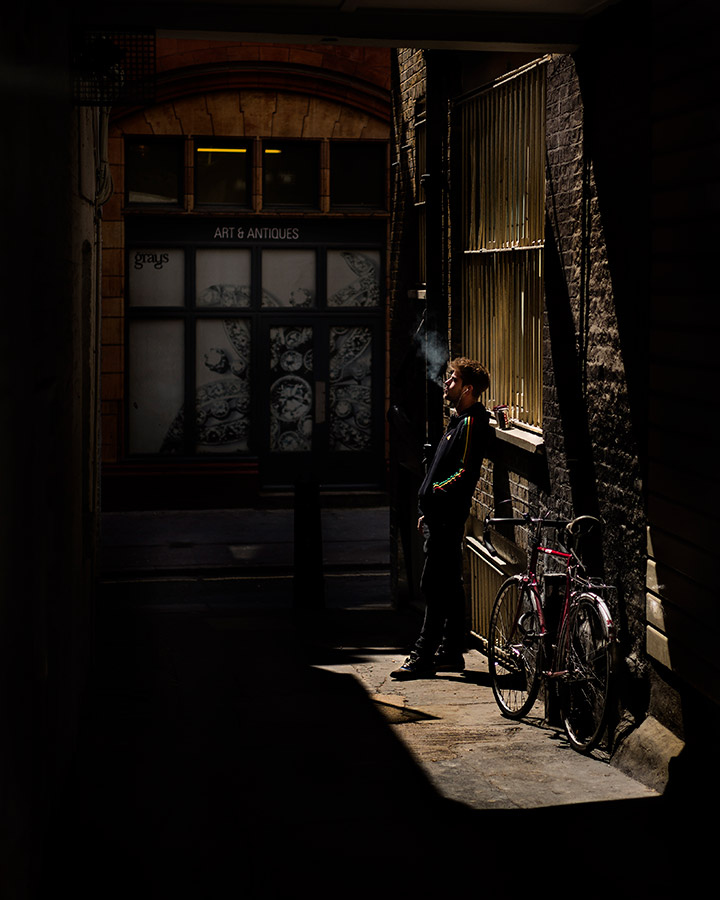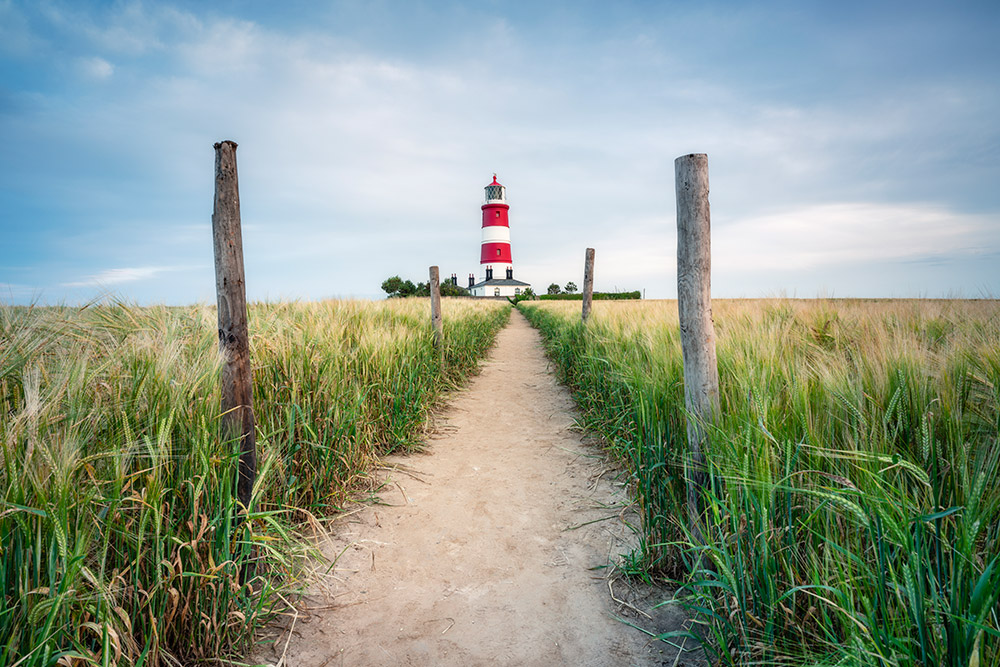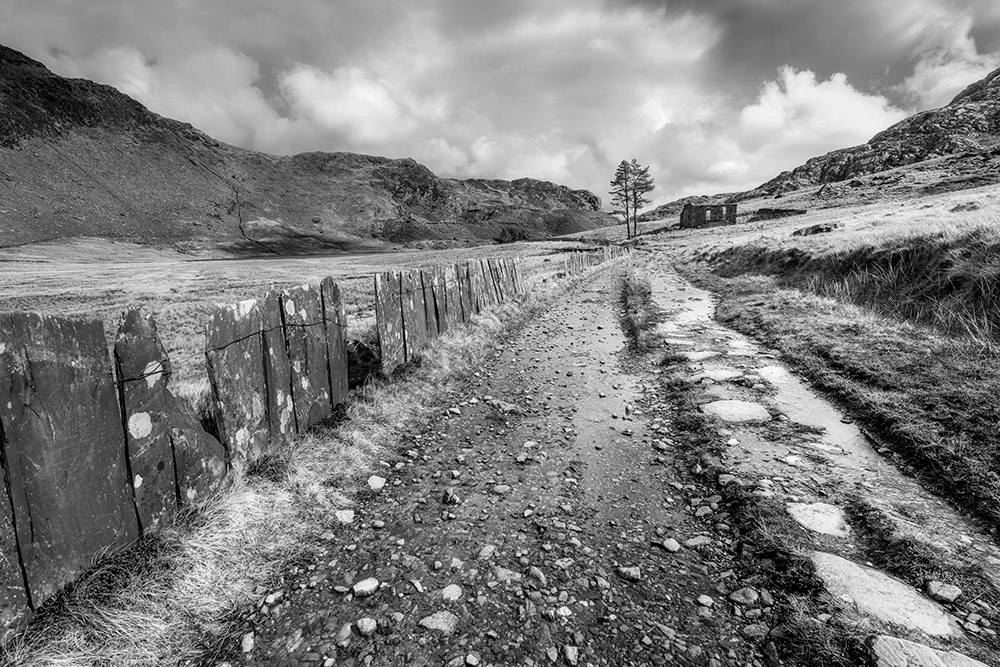Summer brings strong, sustained light, but can also bring overexposure and hard shadows. Top pros in a range of genres show James Abbott how they get great results
Jarrod Castaing: Sunrise, sunset, blue hour

Internationally acclaimed fine-art landscape photographer Jarrod Castaing is an expert when it comes to capturing natural light in his images and has shot in over 50 countries. Visit www.jarrodcastaing.com and see him on Instagram: @jarrodcastaing
Bedruthan Steps
Most often shot from the surrounding cliffs, this beach-level image was taken during summer when the longer days allowed Jarrod to time sunset with a low tide. After twilight set in, warm light remained on the horizon to complement the cooler tones of blue hour; one of the great aspects of capturing landscapes and seascapes during blue hour when there’s still warm light in the sky is that yellow/orange and blue
are complementary colours.
Although the sun had dipped below the horizon, the sky was still much brighter than the foreground so two exposures were made – one for the shadows and one for the highlights – which were then combined using luminosity masks in Photoshop.
West Lulworth
Landscape photography requires planning, luck and the confidence to abandon your original plan when the elements don’t come together. Jarrod had hoped to capture the evening light on the Durdle Door sea arch, but thick cloud on the horizon forced him to reconsider his plan.
Fortunately, by simply turning around and focusing on the chalk cliffs, using them as a lead-in line towards the sky and setting sun, Jarrod was able to remedy the situation.
A long exposure of 30 seconds was used to smooth the tide, which was achieved by setting ISO to 50 and aperture to f/22. ‘My most successful images are a combination of light and composition,’ Jarrod says. ‘This doesn’t always mean colourful skies, but light that’s too flat or harsh for the location rarely works.’ An important point to remember when shooting in often changeable UK summer light.
Tower at Twilight
If there’s one thing you can never rely on, it’s British summertime weather. But one thing that always delivers, come rain or shine, is the blue hour. This part of the evening, between sunset and darkness, casts locations in soft, blue light, so you’re always guaranteed a good result. During blue hour, which isn’t an hour in duration, exposures are typically long because of low light levels, while artificial light sources glow in town and city environments.
For Tower at Twighlight, Jarrod wasn’t disheartened by the rain and generally miserable conditions. Instead, he used them to his advantage; one of his favourite times to capture cityscapes is when city lights are first turned on to create a small yet magical window of time before the night’s sky turns black. And when combined with summer rain, the streets are quickly cleared of foot traffic as the ground itself becomes reflective and adds to the view.
Shooting in the rain is always challenging, although at blue hour the quality of light remains unaffected. But to keep the lens clear of rain spots, an umbrella is essential alongside an absorbent microfibre cloth to wipe your lens between shots. Also, don’t forget your tripod and a shutter remote to allow you to shoot in bulb mode if exposures extend beyond 30 seconds.
Blea Tarn
Hoping for a peaceful morning with reflections of the Langdale Pikes captured from the shoreline of Blea Tarn, Jarrod got here for sunrise. High winds scuppered his plans, but the late morning sun subsequently filled the valley. This image was taken handheld after sunrise once the sun was high enough to reach the valley floor.
And while the quality of light isn’t as warm and soft as at sunrise itself, it still carries a warmth that makes the valley and surrounding mountains glow. When shooting in mountainous areas, consider what time the sun will rise and what time it will reach your desired elevation to break above the surrounding peaks the light. Sunrise or sunset may not be the optimum times, so plan carefully.
David Lazar: Advanced summer light techniques

Travel photographer David Lazar is drawn to countries with rich cultural backgrounds. A contributor to National Geographic, David’s work often uses advanced natural light techniques to create strong narrative shots. See www.davidlazarphoto.com and Instagram: @davidlazarphoto
Novice Monk in Light Rays Holding Candle
David’s photography often focuses on tradition and ancient religions, and it’s a theme that you’ll see throughout his work. Light is a key element within the image, taken around midday so that the strong sun passed through the window made up of small holes. The result is interesting beams of light that illuminate the swirling smoke patterns and dust inside the temple.
‘In terms of exposure, it was important to underexpose the shot compared to what the camera lightmeter was suggesting,’ says David. ‘Following the camera’s meter would have resulted in the shadow areas of the scene being too bright, and the highlights burning out, which would not only lose the atmosphere created but also ruin the image.’
Chureito Pagoda at Sunset
Travel photography spans many other genres of photography, with travel photographers having to use a wide range of skills and techniques. This shot of Chureito Pagoda, near the iconic Mount Fuji in Japan, is a quintessential Japanese landscape image, and one that has been made more dynamic thanks to the sun star on the right of the frame.
To capture sun stars, it’s best to shoot when the sun is low in the sky either just after sunrise or before sunset, using a narrow aperture – such as f/16 or f/22. Plus, having the sun half obscured by an object in the frame helps to accentuate the effect, as has been done here with the pagoda.
Much of David’s work is shot handheld because it focuses on people and portraits where handholding is the best option. But when faced with a landscape travel shot, he used his tripod to ensure stability during the exposure that was too long to handhold. During processing, he used a graduated filter to enhance the detail and colours in the sky. With the latest mirrorless gear offering great stabilisation, you might not need a tripod, though.
Tengger Tribesmen Traditional Stick Fight
David wanted to capture the two figures in silhouette for strong visual impact, alongside Indonesia’s Mount Bromo in the background to add a sense of place. This volcano often belches out smoke, so by shooting around sunset, he was able to capture the two men as silhouettes. The volcano, sky and background of the image are bathed in golden light, and retain detail.
Shooting during the day would have resulted in harsh light and strong shadows, plus the overhead sun wouldn’t have allowed for the silhouettes to be captured. And with fast movement it was important to use a fast shutter speed to freeze the action, so David made sure that ISO was high enough to obtain a shutter speed of over 1/500sec. He also shot in burst mode to guarantee the perfect shot of this fast-paced action set against the stunning backdrop.
Saddhu On Ganges River at Sunrise
The Ganges River in Varanasi, India is a magical and spiritual place for locals and tourists alike. This portrait was taken at sunrise to capture even lighting throughout the scene, with the subject facing towards the rising sun to avoid his face being in shadow. Light at this time of the morning is typically softer than later in the day, making it ideal for this type of portrait.
The location was peaceful at this early hour, too – something works with the expression and pose of the sadhu to create what David calls, ‘holy light’ and ‘heavenly awe’.
To complete the image, grain was thrown to attract the gulls into the frame. Visitors often feed the birds while on Ganges boat trips, so the birds are used to both people and an early morning snack.
Damien Demolder: Shooting summer light during the day
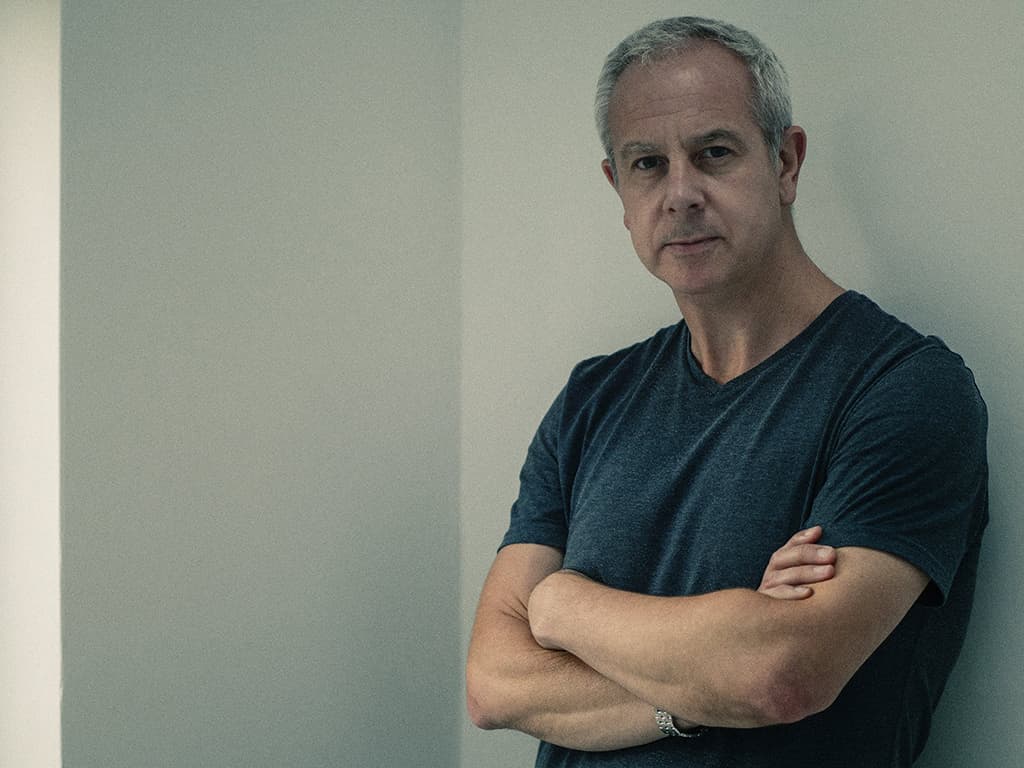
A former AP editor, Damien is a street photographer and workshop leader with a very distinctive style. Creative and compositional use of light and shadow bring his images to life with an often filmic quality. Visit www.damiendemolder.com and Instagram: @damien.demolder
A moment’s escape
Street photography is often a game of chance, and this middle-of-the-day observation of a spotlit man smoking a cigarette in an alley combines the razor-sharp skills of a street photographer with an eye for captivating light. The light here is crucial to the success of the image, and the inclusion of the whole lit area creates a frame around the subject and the bike that draws the viewers’ attention.
‘A moment’s escape’ exudes a cinematic quality thanks to the perfectly exposed spotlighting and the look of relaxed contemplation of the man in the scene. This image wouldn’t have been possible without the midday sun lighting the alleyway, but this harsher quality of light combined with dark shadow delivered exposure challenges.
Underexposure was essential to stop the camera’s lightmeter from exposing the scene too brightly – the abundance of shadows would have rendered the lit part of the scene overexposed, which would have blown the detail, and lost the smoke against the dark background.
On The Millennium Bridge
Officially known as the Millenium Bridge, but colloquially nicknamed the Wobbly Bridge by Londoners, this iconic structure beside the Tate Modern provided the perfect location for capturing silhouettes in the midday sun. While you can do street photography at any time, of course, the bonus of shooting around midday in a city is that certain locations will naturally become busier around lunchtime, which is exactly what happened here.
Damien was watching people cross the bridge through the glass, with the sun creating strong silhouettes and interesting shapes that caught his eye. The mother and child walking over the bridge worked as a composition because a key element of the composition is that they appear framed in their own rectangle of glass.
The image may appear simple in its composition, but capturing it was a waiting game, because the individuals photographed needed to be not only the right size but also in the right position – below the handrail, rather than being divided by it. Capturing one of the Tate Modern’s chimneys has helped to create a sense of place, and exposing for the sky has maintained detail in this area while rendering the people and the chimney completely black.
James Abbott: Shooting summer light during the day

James is no stranger to shooting in challenging light and weather conditions, He also runs one-to-one and small group shooting and editing workshops to help photographers to grow their skills. Visit www.jamesaphoto.co.uk and see him on Instagram: @jamesaphoto
Happisburgh Lighthouse
This image was taken with the sun behind the camera at 5pm, when sunset was around 8pm. The sun was still high enough to produce harsh light, but this was diffused by clouds. Shooting at this time meant the sun behind the camera lit the scene evenly, while the centralised composition was balanced by foreground interest.
Finally, the lead-in line helped to create an archetypal British summer landscape image.
Despite the diffused light, a polarising filter enhanced the blue in the sky, while a 2-stop medium ND grad further enhanced the sky without darkening it too much. The scene itself looks quiet, but it was busy, so patience was essential to capture a people-free scene.
Cwmorthin Slate Quarry
British weather can change in the blink of an eye, particularly in mountainous areas. This image was taken not long after lunchtime on an early summer’s day, and the walk up to the slate quarry was warm and sunny, but quickly changed as a hailstorm passed briefly overhead.
But this provided an opportunity for landscape photography with the clear blue sky suddenly appearing moody, alongside the bright sunlight that added the perfect level of contrast to the ground.
With this blend of moodiness and bright light, James used a polarising filter to reduce the overall harshness of the bright sunlight, while a 4-stop soft ND grad filter was used to help to increase the detail in the sky. The shot could have been taken without an ND grad, but using it further increased the moodiness in the scene, which was ideal for a mono conversion.
Check out this article if you need further guidance on photographing in strong summer light or why not try taking some stunning starry night scenes this summer?

